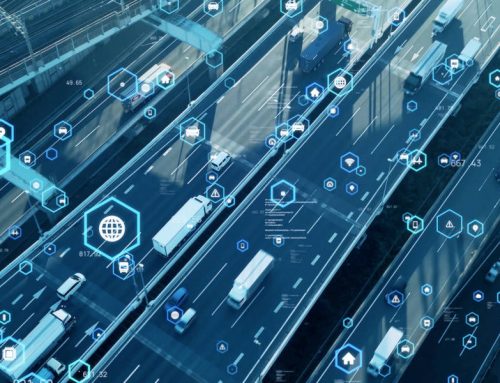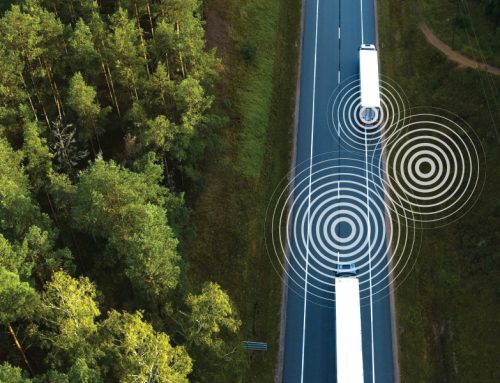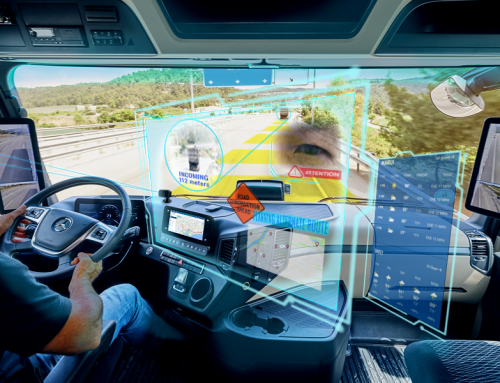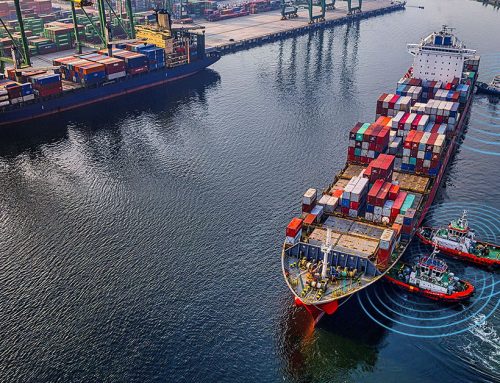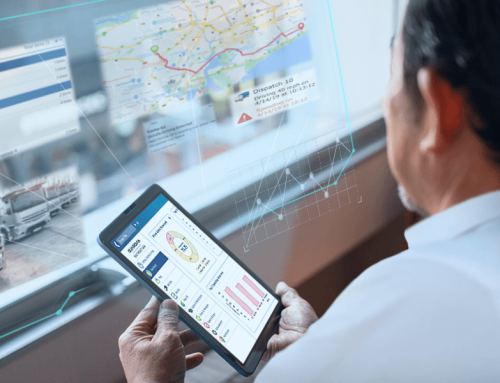
A fleet management system is indispensable for ensuring cost-efficiency and productivity in business fleet operations. Over the past 10 years, this system went from covering procurement of new vehicles and vehicle maintenance to a series of other functions, including driver management, compliance management, operational efficiency, and environmental impact. More companies are turning to fleet management services as it gives them a platform to record and access the information and data they need to keep up with the ever-changing demands of their fleet.
For companies who are unfamiliar with the variety of fleet management systems and the features available, choosing a solution can be overwhelming. To make things easier for you, we have put together 3 must-have features in your fleet management system.
1. Vehicle GPS Tracking
A vehicle GPS tracking device is an important feature in any fleet management system. Once the tracking device is installed into the fleet, fleet managers will be able to access the real-time location and movement of their vehicles. This information can be obtained through a professional telematics solution, and businesses will accurately know the location of their fleet, where their journey started and ended, where they stopped and how long it has been idle. Imagine the opportunities opened to you with this information. Some benefits of implementing a GPS tracking system include:
- Reduced fuel cost as idle time is decreased and routes are optimised to avoid traffic jams and traffic lights.
- Improved customer service as customers are informed of their product’s/service’s arrival time in real-time.
- Overall positive ROI
- Enhanced driver safety through video telematics.

2. Driver Monitoring System
Fatigue and distractions are the main risk factors for accidents, and one of the challenges fleet managers face, revolves around helping their drivers practise safe driving. With real-time data on driver behaviour and the automatic creation of driver risk profiles, businesses will be able to identify drivers through the drowsiness detection system and driver fatigue management system, providing coaching programmes to increase their productivity and safety.
Additionally, fleet managers will also receive data on behaviours that might wear down their vehicles, like harsh turns, fast accelerations, heavy braking, and accidents. Other data that can be obtained from the driver monitoring system include:
- A detailed log of any route driven
- Different causes of delays
- Break-downs that might occur in the future
- Fender-benders and other small accidents
3. Blind Spot Monitoring System
For cars, side mirrors serve as essential driving aids, allowing drivers to observe what happens around their car for safer driving. But for fleet management, the use of mirrors alone is not enough. This is where installing the blind spot monitoring system comes in handy for bigger vehicles, detecting other vehicles in adjacent lanes via sensors that are located on the side mirrors or bumpers.
It will then alert the driver with a sound or visual warning if the sensor detects something. As the blind spot detection sensor monitors the fleet’s surroundings, this system is crucial in avoiding any major human errors.
Being in the fleet industry means gaining visibility and control over all fleet-related issues to streamline your business. To that end, a fleet management system from Guardian SEA will help oversee daily fleet activities and offer important features to keep your whole business in check.
Want to know more? Contact Guardian SEA today for more information on their product and services.
